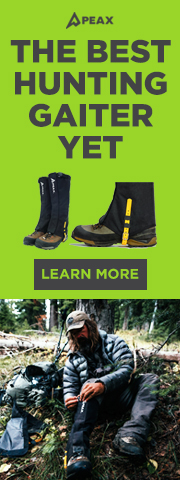cohunter14
Administrator
- Jul 10, 2017
- 5,278
Who ages their meat after a harvest? If you do, share the details of what you do. Where do you age it? Is there a certain temp you age it at? How long do you age it? Do you butcher the animal first, or do you age quarters or even an entire animal? Hide on or off? Any other details you want to share would be great!



